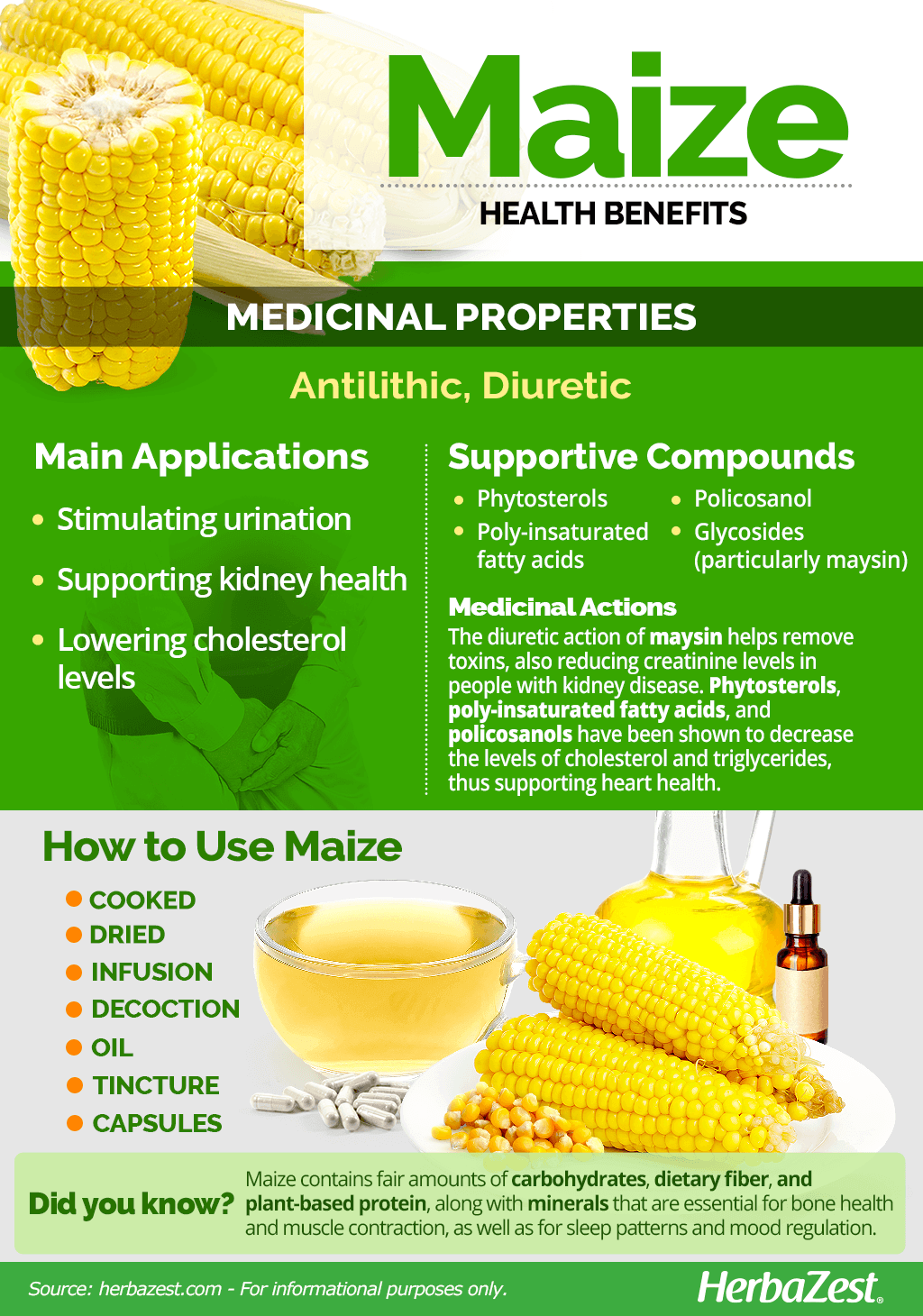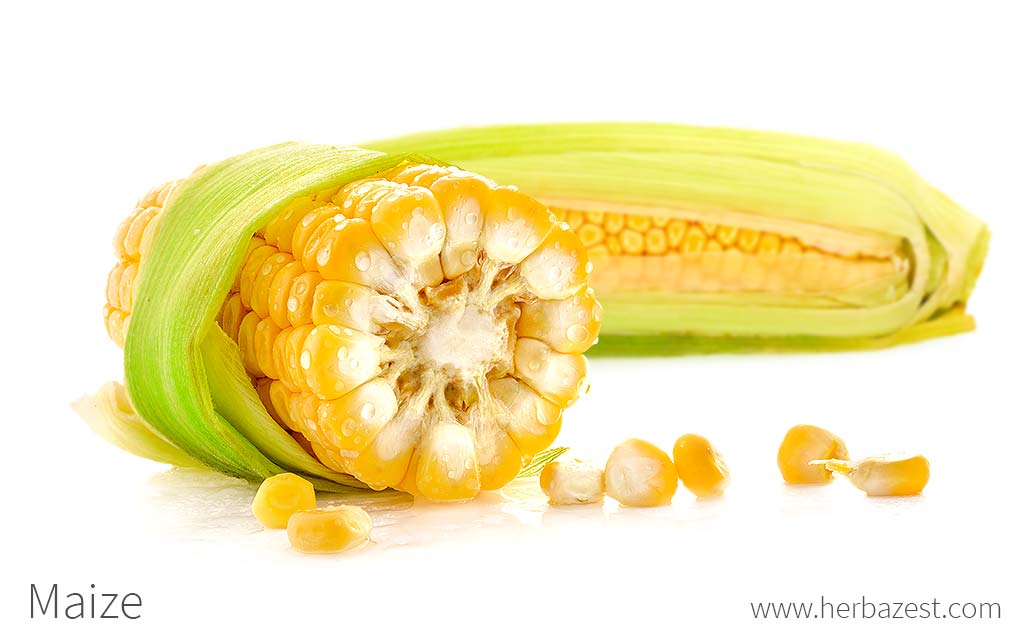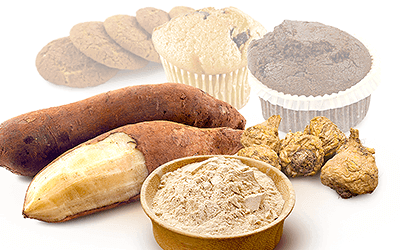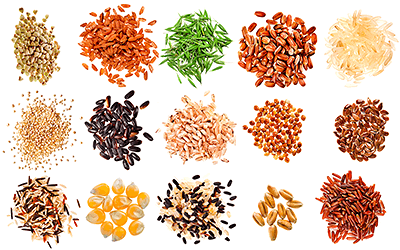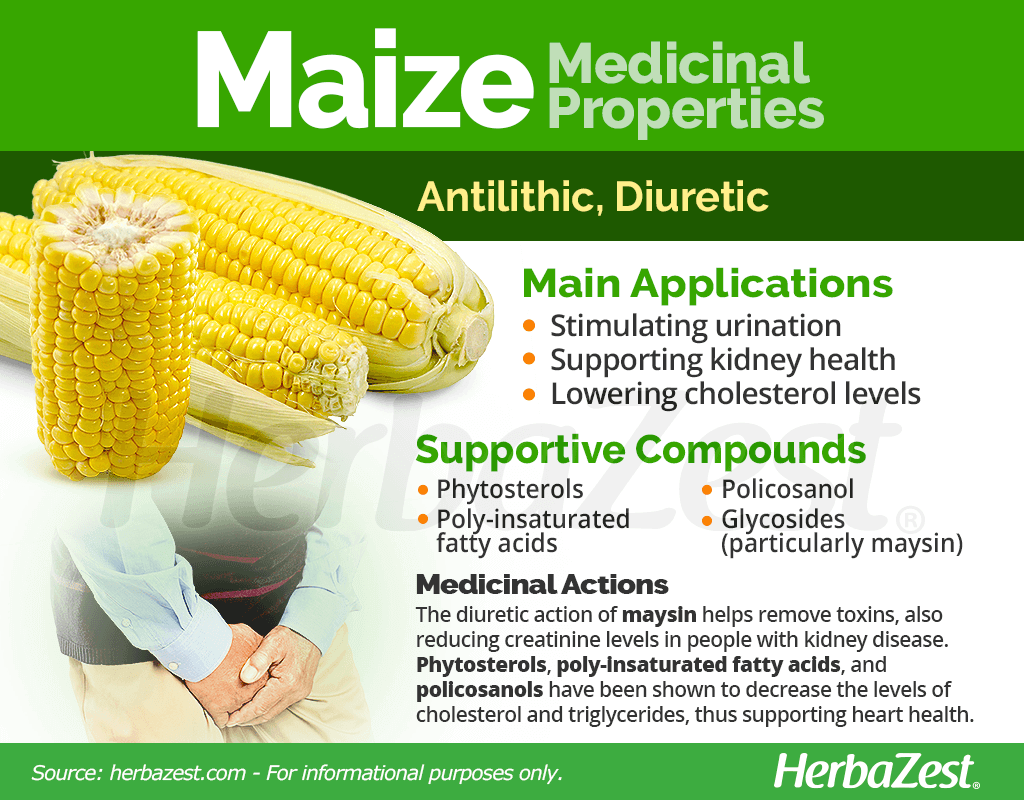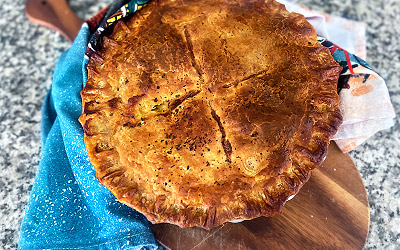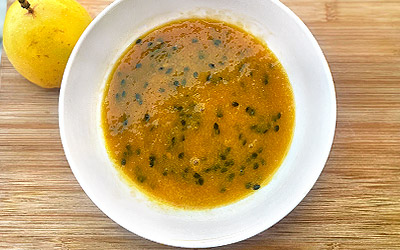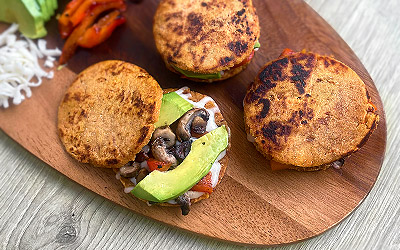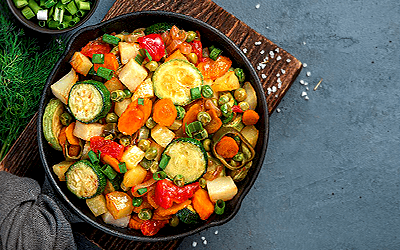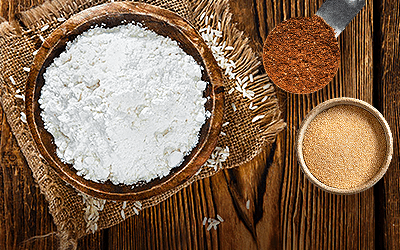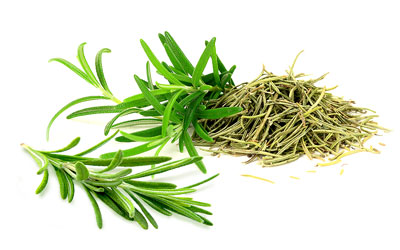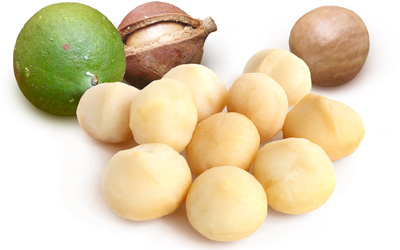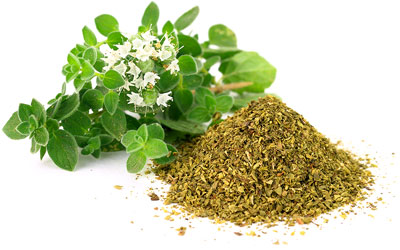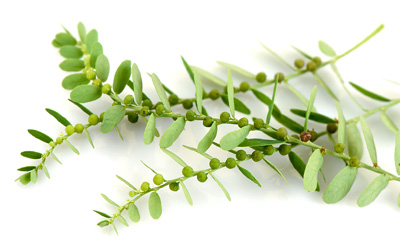Maize has been a dietary staple grain in its native regions for thousands of years, and nowadays it is arguably the quintessential American crop. Though commonly known as "corn" in many English-speaking countries, the term "maize" - a Spanish adaptation of the indigenous Taíno word mahis - is still widely used in most parts of the world.
Maize Medicinal Properties
- Medicinal action Antilithic, Diuretic
- Key constituents Glycosides (particularly maysin), phytosterols, poly-insaturated fatty acids, policosanol
- Ways to use Hot infusions/tisanes, Liquid extracts, Food, Freshly ground
- Medicinal rating (2) Minorly useful plant
- Safety ranking Safe
Health Benefits of Maize
Besides it nutritional, culinary uses, maize is traditionally consumed for:
Stimulating urination. Maize has been used as a diuretic for millennia due to its capacity for increasing urination, which helps flush toxins and excess of potassium from the body.
Supporting kidney health. The consumption of corn has been linked to the prevention and elimination of kidney stones.
More recently, maize has been the subject of studies that have found it to be useful for:
Lowering blood cholesterol. Several of the components in maize are known to lower cholesterol and protect against cardiovascular disease.
Regulating blood sugar levels. Maize appears to help the body influence the levels of sugar in the blood, helping to keep them steady.
How it Works
Maysin is a flavonol glycoside abundant in corn silk and responsible for the diuretic action of the herb. It helps remove waste material and excess of potassium through the urine, also reducing creatinine levels in people with kidney disease, which further contributes to prevent and eliminate kidney stones.
Additionally maize contains several components that reduce cholesterol levels in the blood and reduce the risk of cardiovascular disease. Phytosterols, poly-insaturated fatty acids, and policosanols have been shown to lower cholesterol and triglycerides, further improving heart health.
Well-known herbs with diuretic properties are asparagus and celery, whereas eggplant and sweet potato also help regulate cholesterol and blood sugar levels.
Maize Side Effects
Maize is mostly safe in medicinal doses. It can decrease potassium in the blood, causing weakness, muscle cramping, numbness, nausea, or heart palpitations. It may also cause skin rashes or itching in those who are sensitive to maize.
Maize Cautions
Maize may interact with diuretics and corticosteroids, as well as with prescribed medications for: diabetes, high blood pressure, and atherosclerosis. Using maize as a supplement is not recommended for those with diabetes, high or low blood pressure, low potassium, or corn allergies.
Additionally, pregnant and breastfeeding women are advised to avoid medicinal doses of maize, as it may increase the risk of miscarriage.
Maize Nutrition
Maize or corn provides fair amounts of carbohydrates, dietary fiber, and plant-based protein, as well as minerals, such as magnesium, phosphorus, potassium, zinc, copper, and manganese, all essential for supporting many bodily functions, like bone development and density, muscle contraction, sleep patterns, and mood regulation.
Corn also provides good levels of vitamin B3 (niacin), which plays a key role in the well-functioning of the digestive system, skin, and nerves; and vitamin B5 (pantothenic acid), crucial for the metabolism of fats and proteins. Other vitamins, present in adequate amounts in corn, are B1 (thiamine), B6 (pyridoxine), and B9 (folate), as well as vitamin C (ascorbic acid), and choline.
100 grams of cooked yellow corn provide 96 calories, 7% of the recommended daily value (DV) for both carbohydrates and protein, and 10% DV for dietary fiber.

How to Consume Maize
- Edible parts Seed
- Edible uses Beverage
- Taste Sweet
Maize is both a medicinal herb and a common dietary staple, as well as one of the biggest crops worldwide. Maize can be consumed in a myriad of culinary forms, but it is also available in several medicinal preparations, mostly made from the part of the plant called corn silk.
Natural Forms
Cooked. Maize is more often used as food than as a remedy, and it is in fact a crucial staple of diets around the world. The nutritional and medicinal benefits of maize are better absorbed when consumed in its natural form.
Ground. Dried maize can also be ground into cornmeal, which is used as an ingredient in breads and other foods, providing the same medicinal and nutritional properties as in fresh form.
Infusion. Corn silk tea is popularly used as a diuretic, and it can also support heart health. The recommended daily dose is two cups (500 mL).
Decoction. Corn silk decoctions are typically applied over sores or other skin problems.
Herbal Remedies & Supplements
Oil. Research suggests that culinary use of corn oil can help improve cardiovascular function and lower cholesterol, as well as regulate insulin and blood sugar levels, thus reducing the risk of type 2 diabetes.
Tincture. Up to 12 drops of corn silk tincture may be taken three times a day, in order to lower cholesterol and regulate blood sugar.
Capsules. To reap the benefits of maize without consuming it in culinary ways, capsules come in standardized doses that help improve heart health, as well as regulating blood sugar levels.
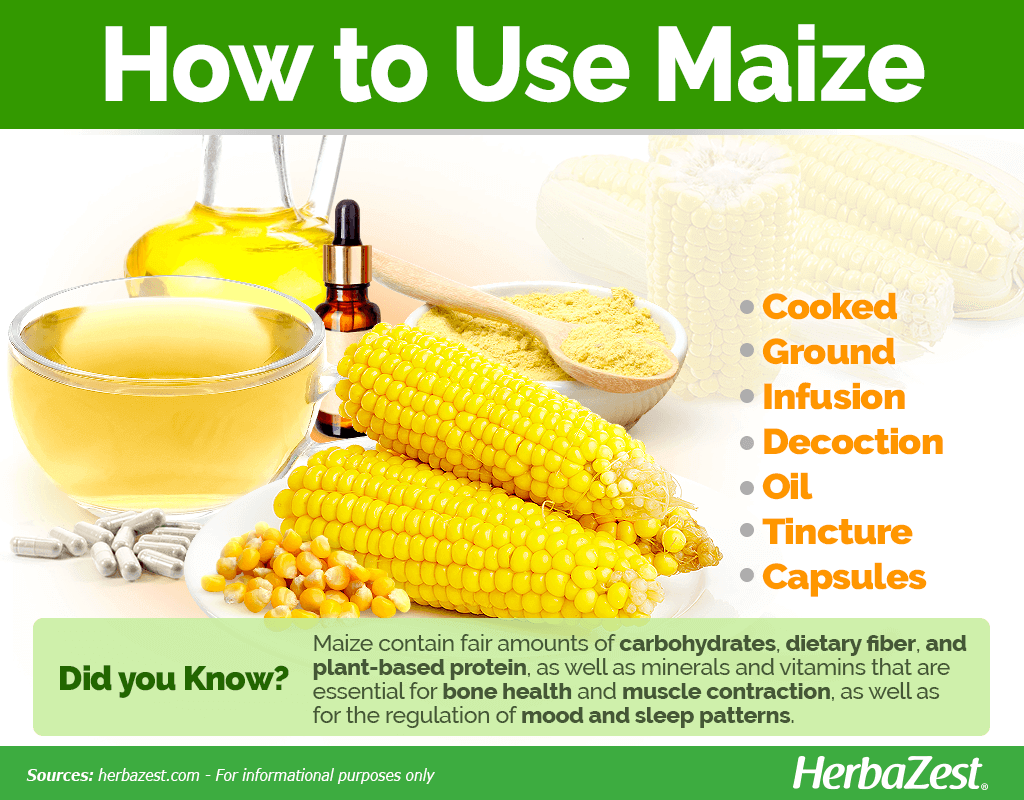
Growing
- Life cycle Annual
- Harvested parts Seeds
- Light requirements Full sun
- Soil Loamy sand
- Soil pH 6.1 – 6.5 (Slightly acidic), 6.6 – 7.3 (Neutral), 7.4 – 7.8 (Slightly alkaline)
- Growing habitat Subtropical regions
- USDA Plant Hardiness Zones 4a, 4b, 5a, 5b, 6a, 6b, 7a, 7b, 8a, 8b, 9a, 9b, 10a, 10b, 11a, 11b
- Potential insect pests Earthworms
- Potential diseases Root rot
Although maize is often grown as part of a large crop on a farm, it can easily be grown in smaller amounts anywhere that meets the right conditions - including a garden or backyard.
Growing Guidelines
Maize is usually propagated by seed. It can be advantageous to purchase seeds that have been treated with fungicide to help the plant resist diseases in the soil.
The optimal location for maize plants is in full sun, but they should also be given plentiful moisture to ensure ideal growth.
Plant maize in the spring, after the last frost, once the soil is 65°F (18°C) or above. Maize is not tolerant of the cold, and should be grown in places where the temperature ranges from 65 - 85°F (18 - 30°C).
Deep, well-drained, fertile soil is best for maize, and the soil should have a slightly acidic pH of 6.0 - 6.8.
Maize is likely to need frequent fertilizing, as it is a heavy feeder and requires high levels of nitrogen in the soil.
Seeds should be planted in rows one inch (2.5 cm) deep, four to six inches (10 - 15 cm) apart. The rows should be 30 - 36 inches (76 - 90 cm) apart.
Once the maize plants are three to four inches (8 - 10 cm) tall, thin the plants so that there is one maize seedling per 8 - 12 inches (20 - 30 cm).
Use caution when weeding, as maize plants may have roots very close to the soil surface.
Maize is susceptible to rust and smut.
Some pests may attack maize, including corn borers, earworms, and maggots.
Additional Information
- Other uses Adhesive, Textiles, Fuel
Plant Biology
The maize plant, also known as corn, is an annual grass that typically reaches heights of 8 - 10 feet (2.5 - 3 m), although some varieties of maize have been known to grow up to 40 feet (12 m) tall. Its edible fruit develops as a cob and is generally encased in leaves that grow on any part of the stalk. Corn ears come in various colors, ranging from yellow to deep purple and black, as well as various kernel densities.
Classification
Maize (Zea mays) is part of the fifth largest family of plants, known as the Poaceae family. This group of 10,000 species is known to contain the "true grasses," such as barley (Hordeum vulgare), oats (Avena sativa), wheat (Triticum aestivum), rice (Oryza sativa), lemongrass (Cymbopogon citratus), sugarcane (Saccharum officinarum), and millet (Pennisetum glaucum).
Varieties and Subspecies of Maize
Based on the modern classification system, there may be up to 80,000 different subspecies of maize, due to its long history of human use as well as modern genetic modifications intended to maximize its vitamin content and improve its disease resistance.
Historical Information
Maize was a foundational element of the Mesoamerican diet. Archeological evidence suggests that the earliest strains of Zea mays appeared in Central America up to 80,000 years ago, and this grain is known to have been harvested by humans approximately 7,500 - 12,000 years ago, according to the first archeological records of maize cultivation. In addition to being grown as food, maize or corn was used in bartering, which spread the crop's reach across civilizations and over large areas of land. Several centuries later, European explorers introduced the cultivation of maize crop to Africa, Asia, and Australia.
Popcorn may be the oldest snack food in the world, as early varieties of maize were inedible unless prepared this way.
Economic Data
On a global scale, yearly maize production is larger than any other grain, weighing in at over one billion tons in 2014 alone. The United States is the world's largest producer of corn, growing 361,091,140 tons in 2014. It is followed by China, which produced 215,812,100 tons in 2014, and Brazil, with 79,881,614 tons harvested in the same year.
Popular Beliefs
Maize has been a remarkably significant crop for indigenous people all over North, Central, and South America, so several myths about the origin of the world and religious ceremonies centered on maize. Several gods and spirits in these religions were also considered to be the gods of corn.
Other Uses
Industrial products. The advantages of maize are as diverse as the plant's varieties, aiding in the production of plastics, fabrics, adhesives, and many other products.
Fuel. Researchers have begun to use maize to create ethanol oil, a type of biochemical fuel that researchers hope will one day function as an alternative to coal.
Fodder. Maize is also a primary nutrient in both livestock fodder and domestic pet food.
Because of its widespread use as a culinary ingredient, maize is available worldwide and year-round. The medicinal properties of maize help the body to get rid of waste material and protect kidney health, in addition to improving cardiovascular health and regulating blood sugar levels, making of this ancient crop an effective natural remedy.
Sources
- Biological and Pharmaceutical Bulletin, Influence of Zea mays L. saponin (ZMLS) on ultrastructure of kidney and pancreas in diabetes rats induced by streptozocin, 2005
- Columbia University, Difference between olive oil and corn oil
- Cornell University, Growing Guide
- International Journal of ChemTech Research, Corn Silk - A Medicinal Boom, 2017
- Maize: Cultivation, Uses and Health Benefits, p. 119 – 120
- Native Languages, Native American Maize (Corn) Mythology
- University of Maine, Sweet Corn
- Introduction to Agronomy: Food, Crops, and Environment
- USDA Plants Database, Zea mays L.
- Encyclopedia of Herbal Medicine, p. 154
- FAOSTAT, Maize production statistics
- USDA Nutrient Database, Basic Report 11167: Corn, sweet, yellow, raw
- Medicinal Plants of the World, p. 348
- Plant Physiological Ecology, Flavonoid biosynthesis: A colorful model for genetics, biochemistry, cell biology, and biotechnology, 2001
